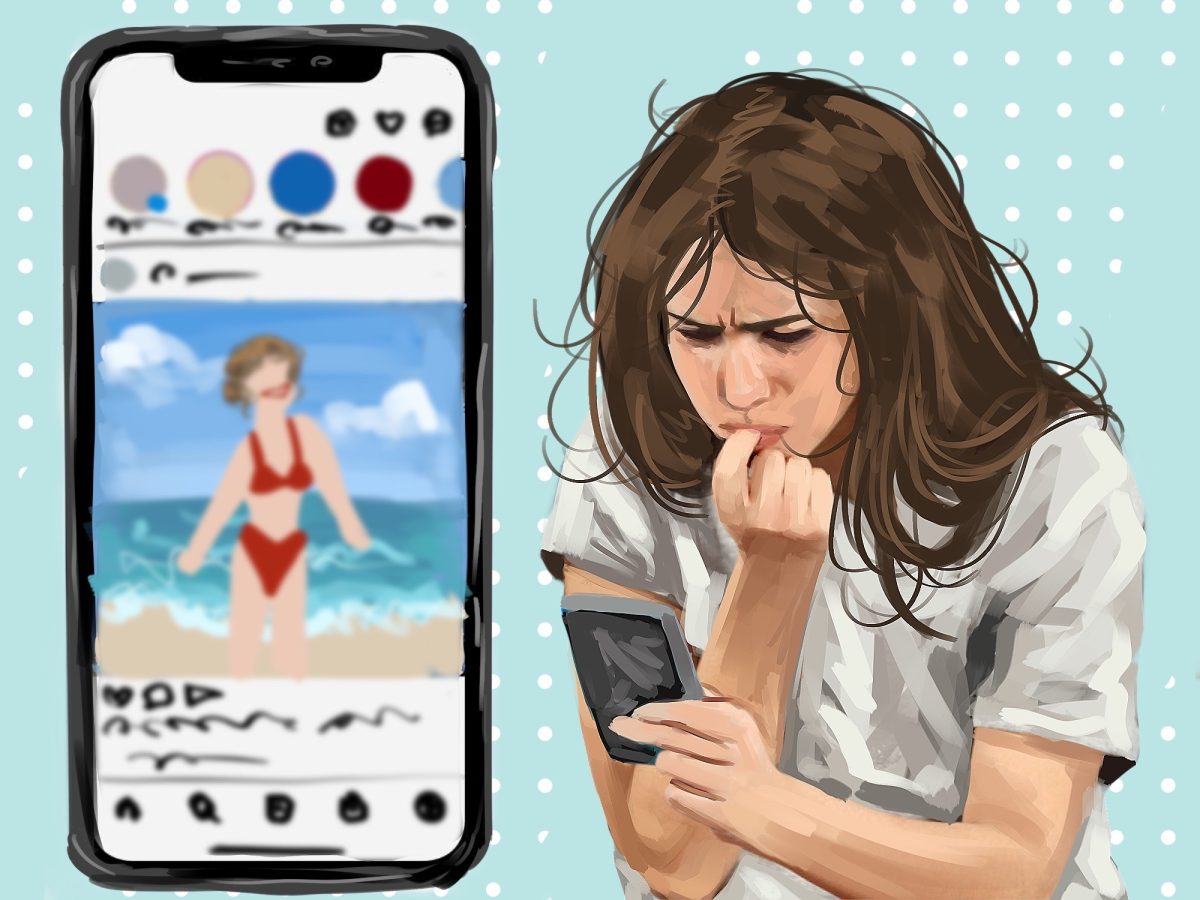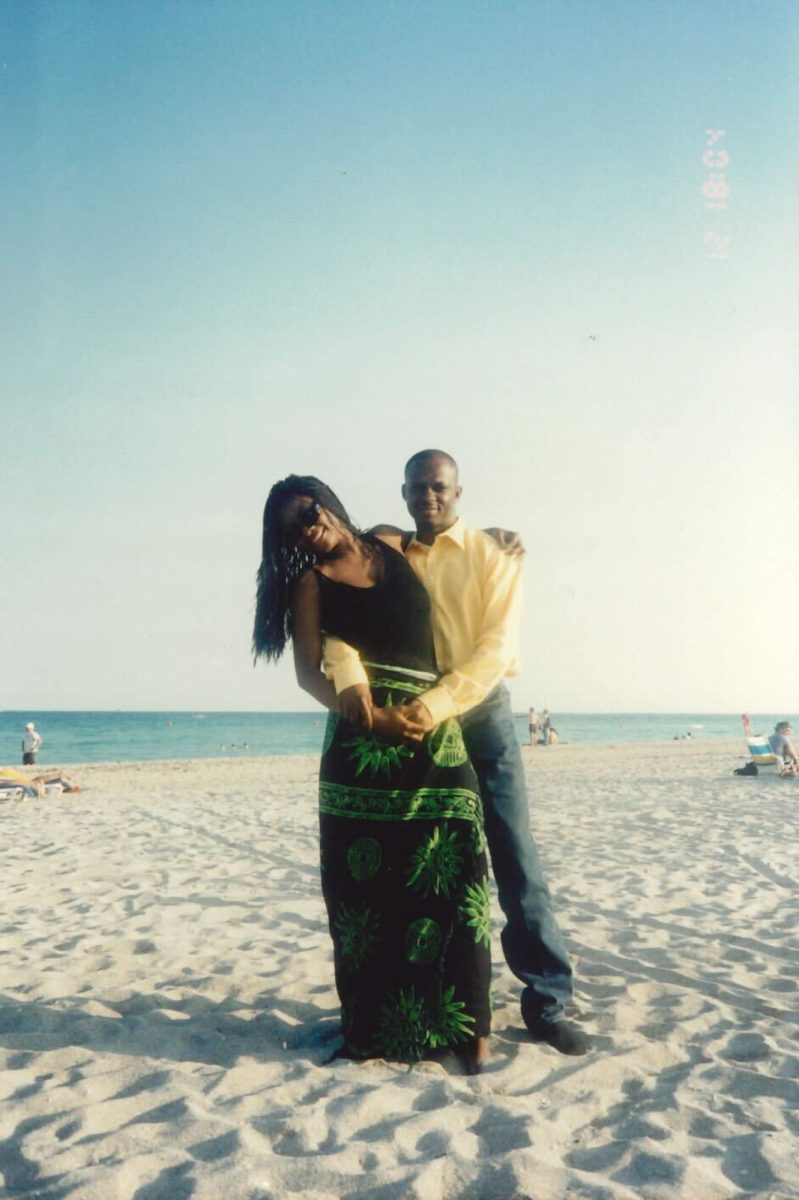In Season 2 of AMC’s “Mad Men,” Paul Kinsey remarks that all women want to be “either a Jackie or a Marilyn.” At the time of the scandal surrounding former U.S. President John F. Kennedy, these two beautiful women stood in such stark contrast to one another that they couldn’t help but become an iconic dichotomy. Marilyn Monroe, the curvy blonde sex symbol and Jackie O, the thin brunette famous for her sophistication. Paul’s claim is, of course, a gross generalization on women, but it does point out a tendency in our culture to place these two stereotypes at odds with each other.
The Jackie/Marilyn complex is just as alive in popular culture today as it was during the Kennedy administration. There are the Marilyns: curvy, candid women who celebrate their sexual agency. Think Nicki Minaj — who, incidentally, has a song entitled “Marilyn Monroe” — Kim Kardashian and Jennifer Lawrence. Then there are the Jackies: svelte, demure and seldom involved in scandals. These are the Taylor Swifts and the Emma Watsons of the world. In the media, the two categories are mutually exclusive: always a Jackie or a Marilyn, never both.
Despite the social pressure to uphold these extremes, the women who do so face a certain amount of criticism for it. Celebrities on the Marilyn side are denounced for their so-called inappropriate appearances and opinions, whereas the more Jackie-esque ladies are labeled “prudish” and “uptight.” Judgments like this are not only paradoxical, but also force the two female stereotypes against one another. The Jackie/Marilyn image portrays two women different in every way, from body type to hair color to personality. In telling women in the media that these two extremes are the only ways to act, we are also creating an unnecessary friction between them.
This friction is usually magnified by changing beauty standards. During the birth of the Jackie/Marilyn dichotomy, the ideal female body type was Marilyn’s curvy, hourglass figure. Nowadays, the standard has shifted in favor of the Jackies, with the ideal body type being a more slender frame. As one body type becomes favored, the other becomes forced out. This inevitably leads to pushback from the other side.
Actresses such as Lawrence and singers such as Minaj have done a great job of carving out a space for curvier bodies in today’s thin-centric culture. Unfortunately, their doing so involves a brazenness that targets the wrong culprit. Whether it’s Nicki saying, “[expletive] those skinny [expletive]” in “Anaconda” or Jennifer claiming she’s “tired of actresses looking like birds,” the backlash from these Marilyn-esque ladies is damaging to their message of female empowerment.
The efforts of Minaj and Lawrence are understandable. In a culture that focuses so heavily on beauty, there is a startling lack of body diversity in the entertainment world, especially for women. Nicki’s boldness is a necessary vehicle for her voice to be heard and, through her, the voices of other women who don’t fit the “skinny” ideal. The issue is not that skinny women are being oppressed by her lyrics because, let’s face it, skinny women have the upper hand in today’s culture. The issue with “Anaconda” is that by promoting competition among women, it actually upholds the standards that it is trying to break free from. By targeting skinny women, Nicki is not only affirming that there are only two types of female beauty, but also that the two cannot exist in the same spotlight.
Don’t get me wrong, I love Nicki Minaj. We’ve all danced to “Anaconda” with our friends, recited every lyric and felt slightly uncomfortable when Nicki starts laughing maniacally. And the backlash from public figures like her is not unique to the Marilyns of the world — when a curvier body type was favored in the ‘50s and ‘60s, thinner women fought against the standard as well. It’s a natural response to a society that pits women against each other, allowing only one archetype to shine at a time. Instead of tearing down other women, however, our efforts should be going toward the culture that created this competition in the first place.
There is no Jackie/Marilyn equivalent in men. Aside from the general standards of attractiveness for each gender — which are, in their own right, problematic — there are no polemic archetypes that we group men into. Compared to their female counterparts, men in the media are not stereotyped based on their size nearly as much. And when they are, it is not into two distinct categories that are constantly at odds. For those who wonder why women are catty toward each other, it’s because we’ve been told we have to compete to be recognized, that there isn’t room for all of us. There seems to be more space for men to occupy in the public eye, so naturally, there is less competition.
This isn’t to say that we should be targeting men alone when trying to break out of the Jackie/Marilyn complex. What’s most important is breaking the mold that we have all settled into. It was never as black and white as Paul Kinsey’s interpretation. There have always been women who didn’t meet either standard. It’s time we start celebrating them too. Carving out a more tolerant space for women in popular culture is an essential step forward, and it starts with eliminating the competition among us.
























































































































Jules • Mar 20, 2015 at 4:45 am
Jennifer Lawrence in the same group as Kardashian and Minaj???. A critically acclaimed, Oscar nominated/winning actress, face of Dior…Katniss Everdeen?. Eh, no.
I also object to the notion that the “Marilyn” types are usually involved in scandal. I really hope you weren’t implying that the stolen photos of Jennifer Lawrence was a scandal, because it wasn’t-it was a crime. I understand the point you are making in the article, but respectfully disagree with your assertion that Lawtence is somehow in the same category as Kardashian and Minaj…c’mon, seriously?.